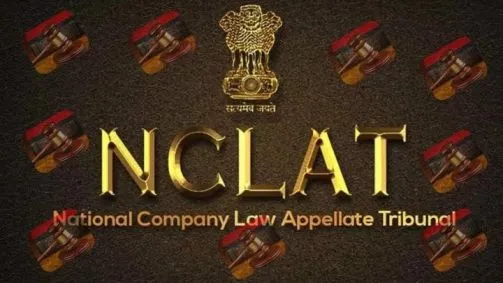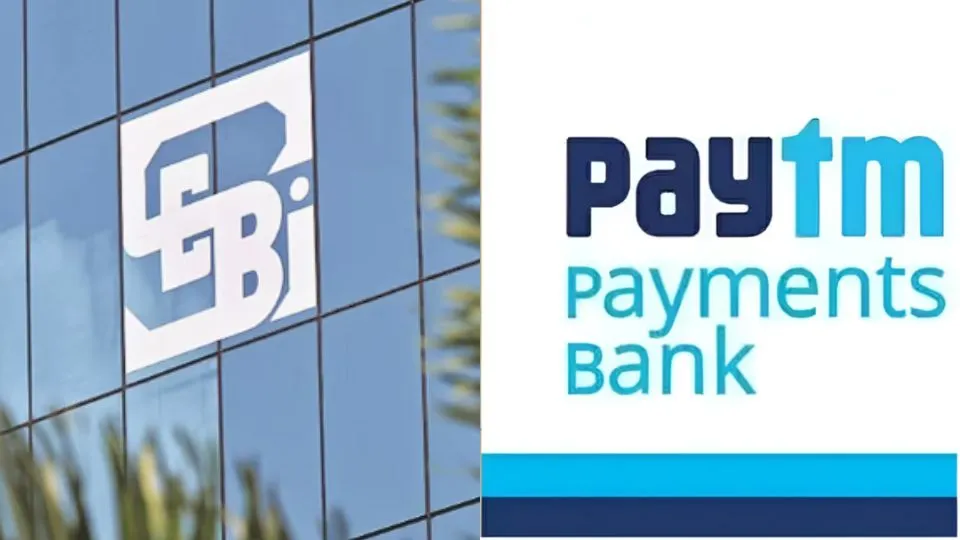The National Company Law Appellate Tribunal (NCLAT) has dismissed a plea filed by 4 unit buyers of Parsvnath Landmark Developers seeking to initiate insolvency proceedings against the subsidiary of the Developer.
NCLAT Upholds Technical Grounds
The appellate tribunal had upheld the view of the principal bench of the National Company Law Tribunal (NCLT), which had dismissed his petition filed on technical grounds and reasons on October 17, 2023. The dismissal stemmed from the limited number of petitioners, which was four, while a total of 488 allottees had filed the suit.
Also Read | Indian Real Estate Market Witnesses Remarkable Growth, Predicts Trillion-Dollar Industry by 2030
Who can file petition under IBC
The legal dispute revolves around the La Tropicana Khyber Pass, which is a project based in Delhi by the realty firm Parsvnath Landmark Developers. According to Section 7 (1) of the Insolvency and Bankruptcy Code (IBC), a petition on behalf of homebuyers (real estate allottees) as financial creditors can only be filed if either 100 in number or 10% of the allottees join the petition.
However, the flat buyers put forward their claim before the NCLAT that the Delhi RERA order allows a clear class distinction of being an allottee and a person purchasing from the open market and hence he will be refunded his deposit with interest. According to this report, the apex court’s decision has validated the status of allottees as financial creditors.
Also Read | Go First Granted Another 60-Day Extension for Insolvency Resolution by NCLT
NCLAT Decision
The NCLAT rejected the arguments, emphasizing that regardless of the orders/decrees of the Real Estate Regulatory and Development Authority (RERA), home buyers belong to the same category as allottees. “There is no merit in the appeal, the appeal is dismissed,” the tribunal headed by Justice Ashok Bhushan said.
The Back Story
Earlier, on January 9, 2019, the appellants had levied the realty firm with a legal suit. The NCLT had accordingly directed them not to oppose Section 7, which was an amendment wherein 100 flat buyers or 10% of the total number of flats are set out as the criteria.











